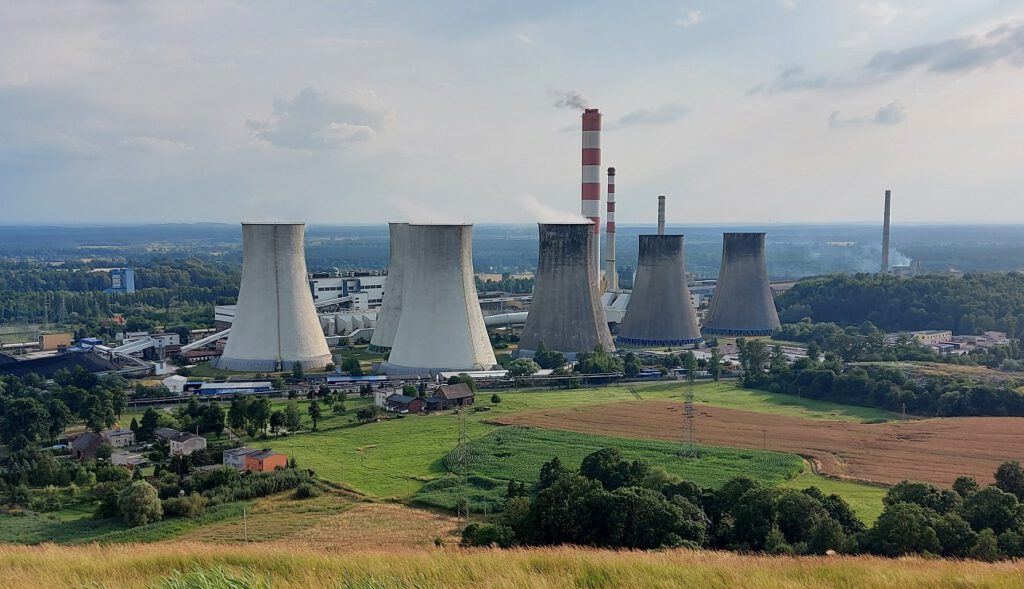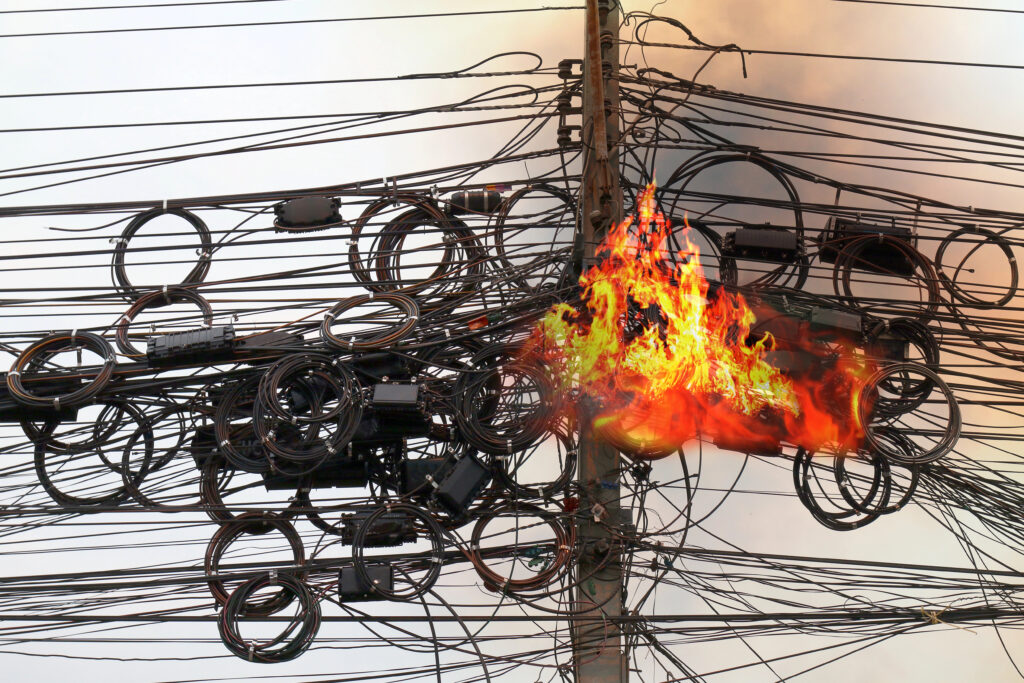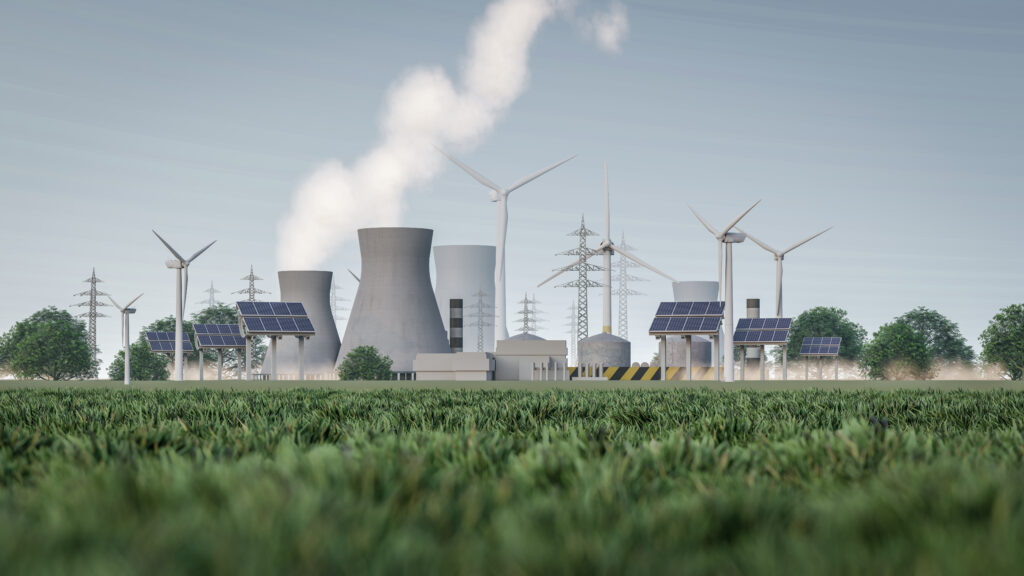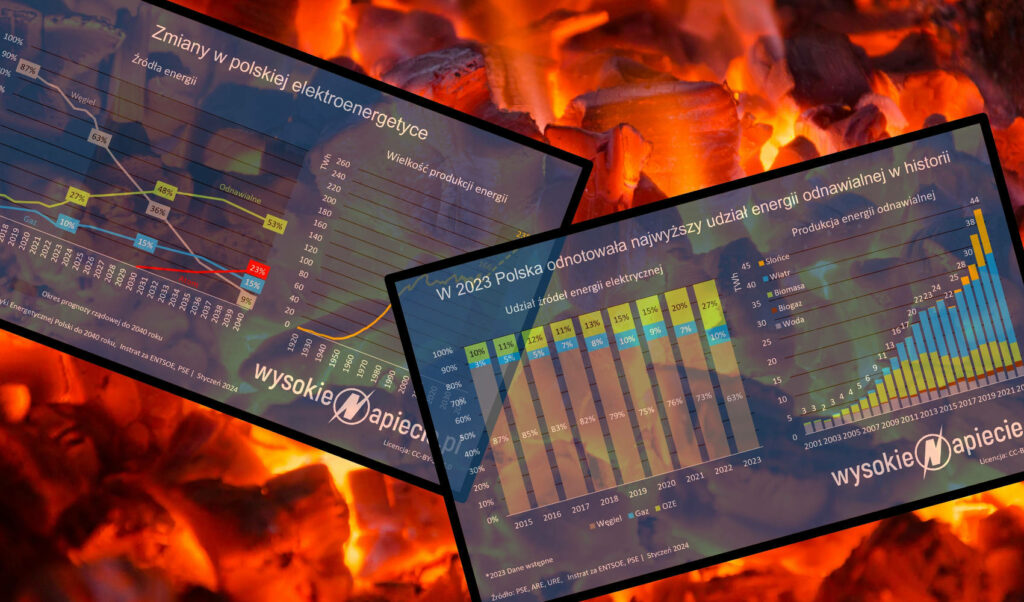Spis treści
In April, it was exactly two years since the official end of the “Bloki 200+” program. With 160 million PLN from the National Centre for Research and Development (NCBR), the program explored the possibility of adapting three 200 MW coal-fired units (one in Jaworzno and two in Połańcu) to more flexible operation. This was something their builders did not consider during the times of Gomułka or Gierek.
They certainly did not anticipate that fifty years later, the old “twos” would still bear the burden of Poland’s energy security.
Caught in NABE
The objectives of the “Bloki 200+” program were to shorten the startup time, reduce technical minimums, and increase the power gradient. This would make it easier for the units to adapt to working with RES, especially during morning and evening peaks when the share of solar energy rapidly changes in the National Power System (KSE).
Two years ago, it was evident that there was no political will to implement the program on a broader scale. The focus of energy groups and the government was on establishing the National Energy Security Agency (NABE), which was supposed to consolidate coal assets. The state energy sector wanted to offload the problem, and the future of the coal fleet was to be managed by the state agency.
The NABE did not reach its final form before the end of the last parliamentary term, and after several years of revolving around this topic, we are still in the same place. Two years ago, we published an article titled “Program ‘Bloki 200+’. A Success That Will Be an Orphan?” on the WysokieNapiecie.pl portal, which – as it turns out – was prophetic.
Recent weeks have seen frequent announcements about the non-market reallocation of RES sources, to the point where they no longer cause a stir. Electricity production will increasingly diverge from demand.
We still do not have large battery storage systems to absorb surplus energy from RES. The first ones – according to the agreed capacity contracts – are not expected to be operational until 2027 (165 MW), and a significant number (1.7 GW) only in 2028.
New pumped-storage power plants (around 2.7 GW) are a distant prospect after 2030, if these investments even start in the coming years. Broad use of electrolyzers for green hydrogen production, heat storage, and electrode boilers in district heating are also future prospects.
If the flexibility of “twos” had been increased in recent years, the scale of reductions in RES generation could have been limited. This scale will increase – as will the cost of compensation paid to owners of wind and solar farms.
The More Green, The Less Black
Marcin Dusiło, senior analyst at Forum Energii, who extensively analyzed the modernization potential of 200 MW units at the end of 2022, agrees that extending the assumptions of the “Bloki 200+” program to the most promising units would reduce the scale of RES reallocation.
The long startup time of “twos” means they have to be started up when photovoltaic generation is still high. However, as Dusiło points out, even a potential increase in flexibility of 200 MW units will only partially solve the issues with balancing the KSE.
- The share of RES in electricity production is rapidly increasing. In 2022, it was 21%, and in 2023, it reached 27%. In 2024, it can be expected to be 30-35%. However, looking at the hourly share of RES in electricity production, it ranged from 4% to 68% in 2023. For comparison, in 2019 it ranged from 4% to 46% – says Dusiło in an interview with WysokieNapiecie.pl.
He emphasizes that market space for controllable conventional units is rapidly decreasing. Therefore, even the most flexible coal units will find it increasingly difficult to operate in an economically viable way.
Data from Forum Energii shows that in 2023, coal-fired “twos” operated for an average of just under 2,600 hours, which corresponds to a capacity utilization factor of slightly over 29%. This was better for cheaper lignite-fired units, which operated for over 3,600 hours and achieved more than 41%.
The share of coal in electricity production fell to 60.5% in 2023 from 70.4% the previous year. At the same time, gas production increased from 7% to 10%. This shows that more flexible conventional units – with lower technical minimums, larger power gradients, and lower fixed costs – are preferred in a market with a growing share of RES – explains Dusiło.
Moreover, in the coming years, new large gas-fired units will be commissioned – this year in Dolna Odra, and in the following years in Ostrołęka, Grudziądz, Adamów, and Rybnik. More are planned, including in Kozienice.
- Gas-fired units will have to compete in the future with energy storage and nuclear power, if it is built. There are reasonable doubts whether such large units, which need to operate at base load to be economically viable, will find their place in the energy market in 10-15 years – states the Forum Energii analyst.
The Government is Analyzing, Companies Know Their Own
The “Coalition of October 15” was opposed to the creation of NABE, viewing it as a behemoth that would burden taxpayers. However, there is still no alternative proposal.
In April, there was a significant stir when the minister of industry, Marzena Czarnecka, responsible for energy resources, indicated that the government planned to assign mines to energy companies, which shook the stock prices of energy groups, reminiscent of previous actions by Jacek Sasin.
Minister of State Assets Borys Budka rushed to clarify that this did not mean a capital merger of energy groups with mines. Coal production assets were to be separated from them, but not into a “behemoth,” but rather into smaller entities. How this will look and function is still unknown, as analyses are ongoing.
In recent weeks, during the presentation of 2024 results, the new boards of PGE, Tauron, and Enea have publicly stated for the first time that coal assets must be separated from energy groups so they can continue to develop in the spirit of energy transformation. Dariusz Marzec, president of PGE, even announced that the company would present its proposal for an alternative to NABE to the government this year.
Tauron’s management openly states that without extending support from the capacity market beyond 2025, it will have to shut down eight out of ten operating 200 MW units. Therefore, the company is already preparing for this. The candid presentation of the situation has already raised tensions with trade unions, which for the past few years have been fed with the prospect of NABE’s creation.
Of course, the direction Polish energy is to take does not always align with what politicians say and what state-owned companies do.
It is known that the simplest way to replace coal units with controllable and more flexible sources is to build additional gas units. However, “gas is the new coal,” so the Green-oriented deputy minister of climate and environment, Urszula Zielińska, announces that there will be no more blocks fired with this fuel, as Poland already has over-scaled gas investments.
Shortly after, Enea’s management, however, announces that it is still analyzing the construction of a large gas-fired power plant in Kozienice, as it is a sensible project. Similarly, Tauron talks about Łagisza, where a gas unit has been planned for years. Moreover, even the head of Polskie Sieci Elektroenergetyczne (PSE) indicates that new gas capacities will be needed – preferably cogeneration units. Additionally, in the development plan published in March for 2034, PSE maintained the option to build its own gas-fired unit of 500 MW to increase reserve capacity in the KSE.
Capacity Derogation for 200 MW Units
In the mentioned PSE development plan, a pessimistic scenario assumes that by 2025, 2.4 GW of capacity in “twos” will be removed from the KSE due to the expiration of capacity contracts for the oldest units that do not meet the emission limit of 550 g CO2/kWh.
This scenario can be altered thanks to the derogation Poland obtained under this year’s reform of the EU electricity market. It allows for the participation of units that do not meet the emission limit in the capacity market until the end of 2028.
However, it will not be that simple, as during this period, capacity contracts for 200 MW units will only be available for one year. Moreover, the participation of these units in auctions will be subject to several requirements – including the preparation of a transformation plan by the Polish government, which will need to be positively assessed by the European Commission. Key will be the criterion of capacity adequacy in the KSE, as well as the impact of continued operation of “twos” on the pace of energy transformation.
More on this topic can be read in the article titled “Polish Coal Energy Received Another Chance from the EU. Is This the Last One?”
It would seem that if for so many years there has been talk of the upcoming “coal gap” related to the expiration of capacity contracts for old units, then solutions should have been found earlier, as for the past few years, they were known. This is exactly what we indicated in 2022, referring to the “Bloki 200+” program, which has been waiting for its extension for two years.
This problem is still unresolved. Instead, the problem of the “twos” operation in the coming years has been shifted to the European Commission. The issue that the government has been postponing for years will be solved by Brussels.












